Walking tour
Thu 8 Sep 2011 by mskala Tags used: religion, travelSomething changed in the already-flaky conference wireless system, and I haven't been able to get online from the conference (only from my hotel room) for a while. That has limited my ability to update. But here goes.
September 7, Wednesday: day 2 of MOL 12, notably including the guided walking tour of tourist sites around Nara. I had mixed feelings about that: I got a lot of interesting information from the tour and visited some places I might not have done under my own power, but it was also at times frustrating.
Roughly in order of the photo gallery (where I'll post more detailed comments): there were a lot of turtles sunning themselves in the pond below Kofuku Ji this morning. I explored the grounds of that temple a little more on the way to the conference, and got photos of some interesting things you can see in the gallery. The conference talks only covered the morning, and were followed by a group lunch and then the guided walking tour, for which we split into groups of five or six delegates, each of which had its own guide.
First we went to the Isuien Garden, which is designed in an early Buddhist style, focused on natural elements, especially water. Later Zen styles would use more artificial substitutes like raked gravel. Members of my group were quite interested in the religious doctrine behind the garden, asked a lot of detailed questions, and it was sort of amusing to hear the guide reach the limits of her knowledge on the subject.
Next, Toudai Ji. This is a large Buddhist temple, home of the world's largest bronze Buddha statue. It is evidently also a major destination of school tour groups. The whole place was crowded with schoolchildren, their teachers and guides yelling at them through megaphones, sacred deer begging for food (rather more aggressively here than in the park - one tried to eat the shirt of a member of my group), and so on. I thought the crowding and tourist orientation detracted. On the other hand, even in the days when the religious aspect of the site was taken more seriously than it seems to be today, it would still have been crowded by pilgrims, and those pilgrims would have been exploited for donations, and so on. I guess the point would be: it was always a tourist trap. I shouldn't be too upset that it is a tourist trap today. It hasn't been degraded into a tourist trap from some purer earlier state.
It was interesting to pay attention to the way our tour guide referred to the different religious figures in English. She consistently called the being depicted by the big statue "Great Buddha," and to hear her talk, he might as well have been Jesus. It was all about soteriology. Stuff like how Great Buddha's fingers are webbed to symbolize that nobody will slip through his fingers - he will save everybody. I think the emphasis on salvation is partly the nature of "pure land" Buddhism, which is the form practiced in Japan, but it may also be the emphasis thought to be most comprehensible to Western tourists. Great Buddha was described in a way that made him sound a whole lot like the Amida Buddha (the one who sponsors the Pure Land) but what I read in Wikipedia suggests those are not the same figure. Our guide also talked about "Historical Buddha," who is the one who sat under the tree and ended up teaching Buddhism to other human beings. I'm not sure what his exact relationship to Great Buddha is supposed to be.
This didn't come up at Toudai Ji, but when we got to the Shinto sites she consistently translated kami (Shinto divine being) as "spirit of God," as if they were all aspects of a single being, which I suspect is an effort to make it more acceptable to followers of monotheistic religions.
Toudai in Toudai Ji is spelled the same way (東大) as Toudai, the nickname of the University of Tokyo. I have not been told this, but I would expect because it's how such things work, that because of the pun Toudai Ji may be a popular pilgrimage destination for students who want to pray to do well on the Toudai entrance exam.
After Toudai Ji, we went to Kasuga Taisha, 春日大社. (It's the same Kasuga as in the real name of the girl called "Osaka" in Azumanga Daioh.) This is a taisha, a "grand shrine," which refers to its rank in the pre-World War II government ranking system, before the Americans required the government to officially claim to have gotten out of the religion business. Kasuga Taisha was formerly very important to the government, however, because it is the family shrine of the imperial Fujiwara family. It is the head shrine of a network of several thousand around Japan, and the prototype of the Kasuga form of shrine architecture. This shrine is also known for its stone and bronze lanterns. I didn't feel comfortable trying to participate in worship while I was with the tour group, and I felt I'd probably have been happier going there alone instead of with a guide - but I figured I'd have the chance to do that another day.
The tour wound up at Kofuku Ji, the temple through which I've been walking back and forth repeatedly on the way to and from the conference; but we only really stopped to look at the five-story pagoda, so I remain on my own to research the other buildings. The five-story pagoda is interesting, though. It is the second-highest pagoda in Japan. Pagadas are (I hadn't known this) basically mausoleums for Historical Buddha, built tall so as to be visible and impressive for a long distance around. Each one, at least in theory, has some of his cremated ashes buried underneath. Each of the floors is independently suspended from the central column, rendering the structure basically immune to earthquakes. However, it burned down and was rebuilt several times over the centuries before people figured out lightning rods.
The tour ended a little before dinner, for which we were on our own. I ended up going to a fairly traditional Japanese restaurant that seemed to specialize in eel dishes, with basically the same group I'd been in on the tour.
Jizou
Jizou made a bodhisattva vow, to delay his own enlightenment until Hell is empty. He protects those who are in Hell, as well as children. Mothers of sick children, or women who wish to become mothers, promise to buy a new red bib for one of Jizou's statues when their prayer is granted - so the profusion of bibs is a testament to his powers.
Jizou statues
tea room entrance
The entryway to the tea-ceremony room is small and low to the ground, so that everyone who enters must crawl, and samurai can't bring their swords in. This is supposed to symbolize that in the tea ceremony everybody is equal.
abalone shells to deter birds from the thatch
school group, Toudai Ji
sacred deer eating paper, Toudai Ji
shutters for viewing the Buddha statue
In an earlier era, ordinary people were not allowed past the large gate, but they could gather at the spot from which this picture was taken, and the shutters shown at the centre of the frame would be opened to provide a view of Great Buddha's face.
Great Buddha statue
one of Great Buddha's assistants
According to the tour guide, the degree of decoration is inverse to the degree of spiritual purity, so the assistants are gilded and finely dressed whereas Great Buddha himself isn't.
eight-legged butterfly
These butterflies have eight legs because they are from "the other world." The tour guide wasn't specific about *which* "other world" that means, but my guess is it's supposed to be the Pure Land of the Amida Buddha.
Pindola
Pindola was a student of Historical Buddha, and transgressed by showing off his occult powers in such a way as to make himself seem important. Historical Buddha punished him by requiring him to sit outside and miss hearing a sermon. For that reason, statues of him are, like this one, often placed outside temple buildings.
stone lanterns, in pairs
The lanterns often come in pairs because it was customary for corporate donors to donate them two at a time.
sake barrel offerings
black music and bourbon
2 comments
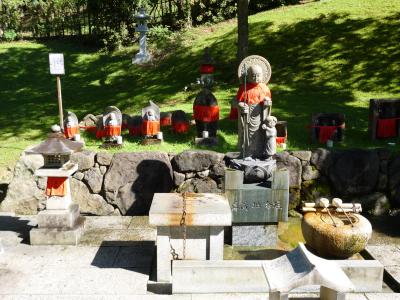
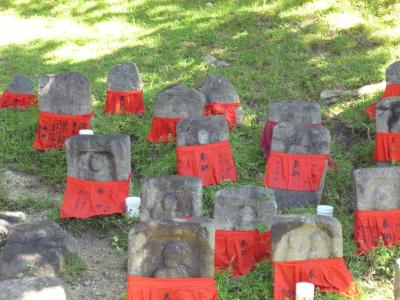

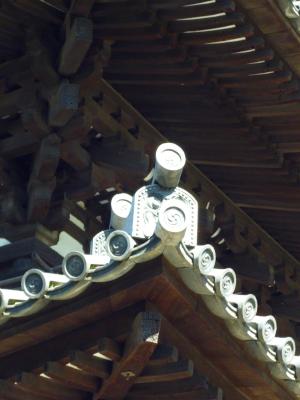
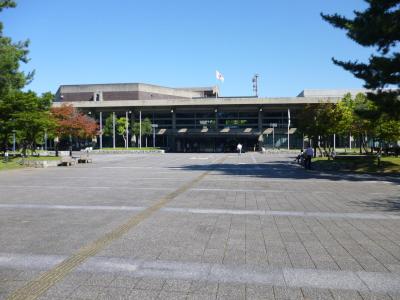


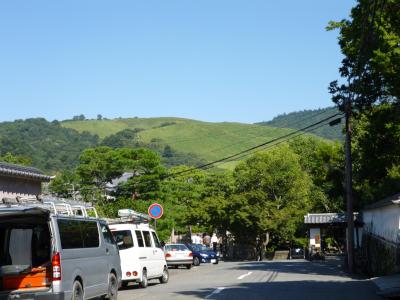
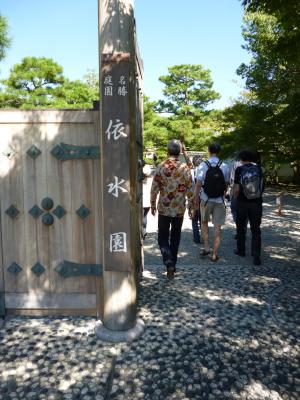
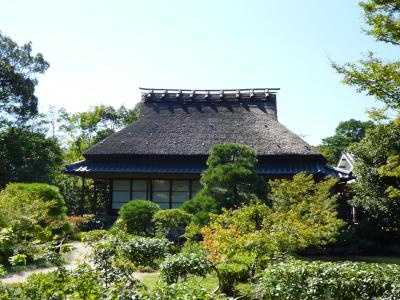






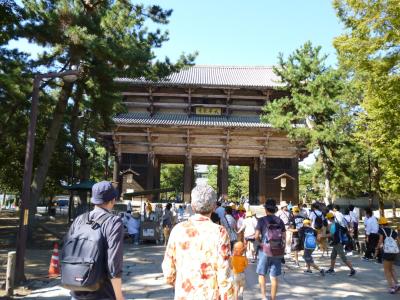
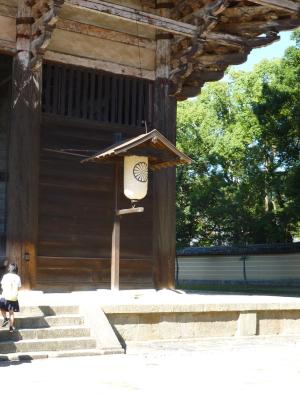

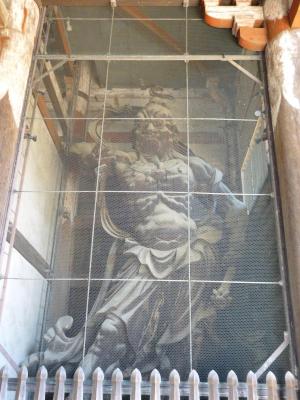

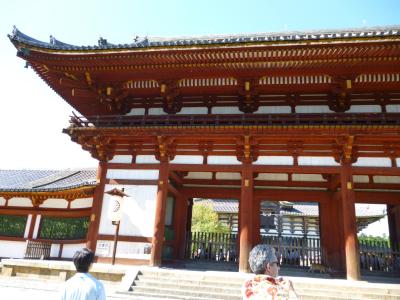
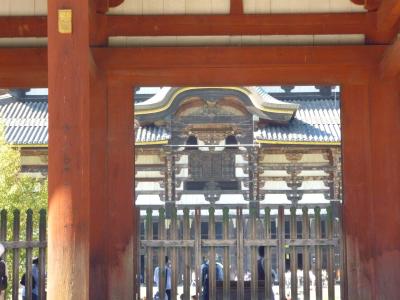
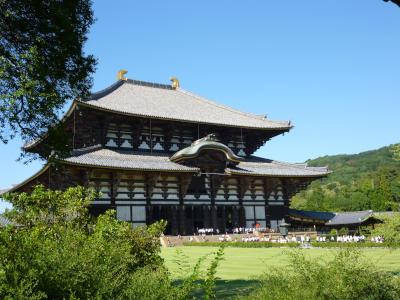
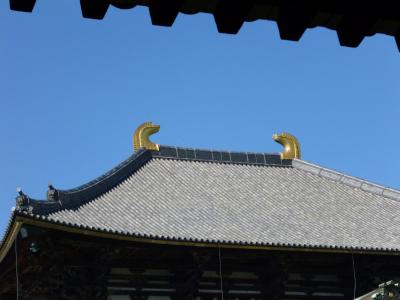

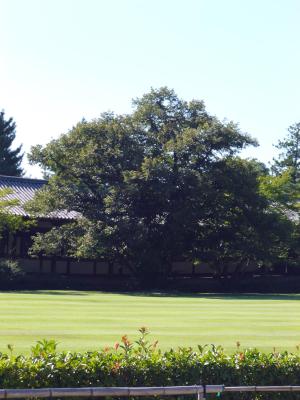
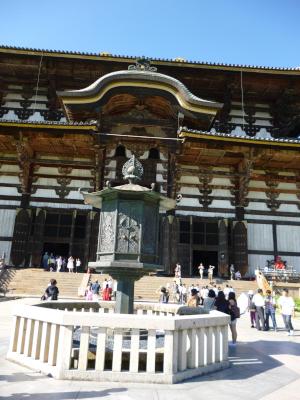


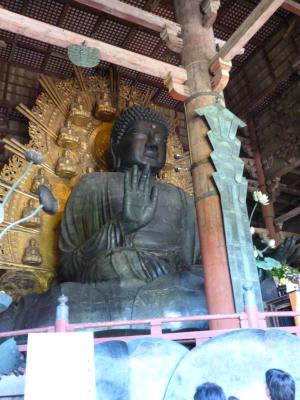
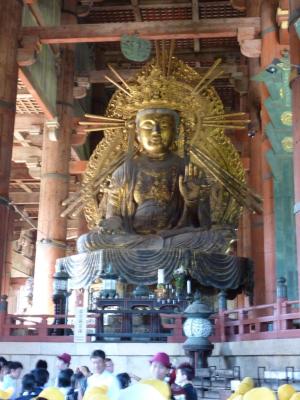

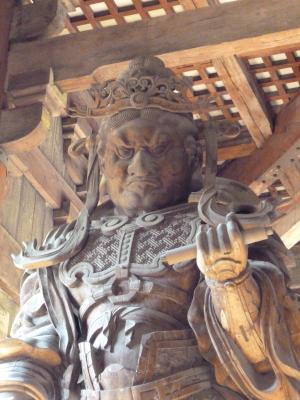
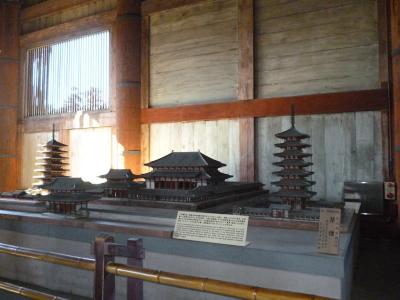
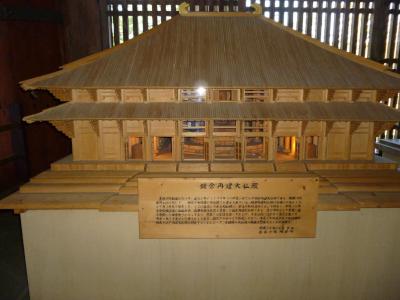

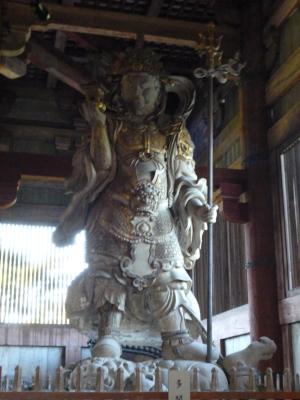




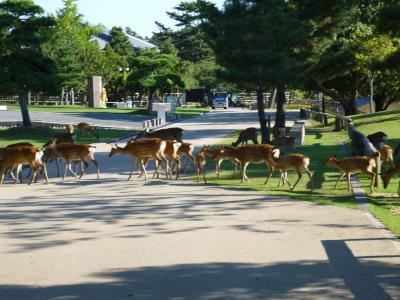
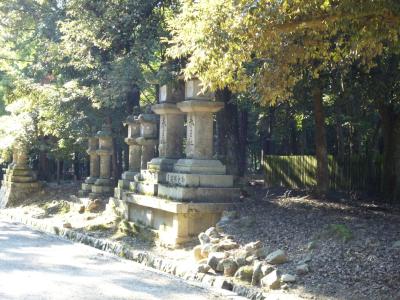
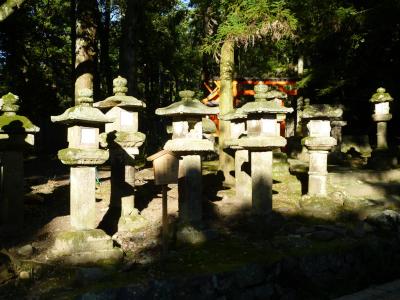
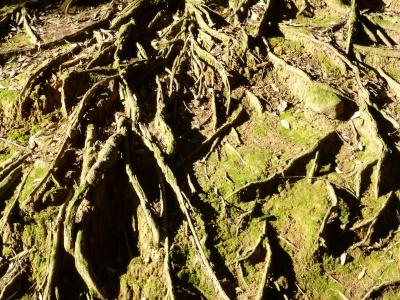
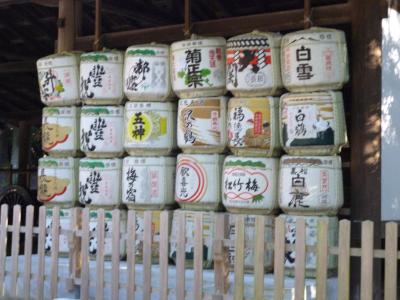

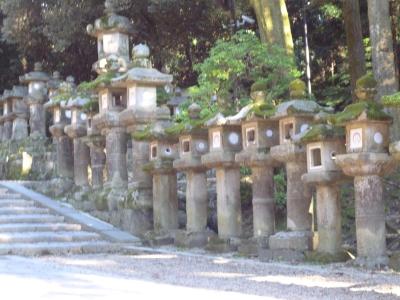


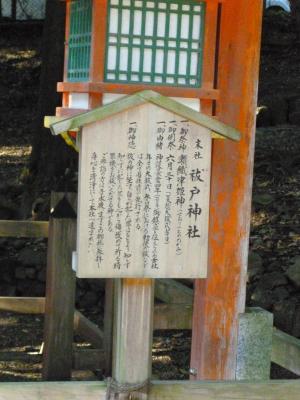
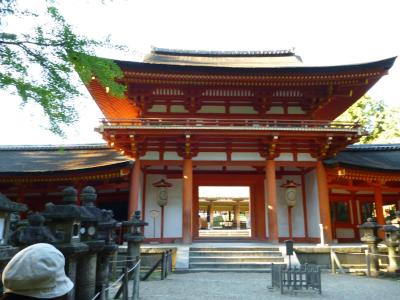


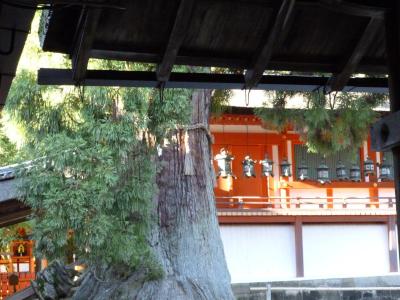
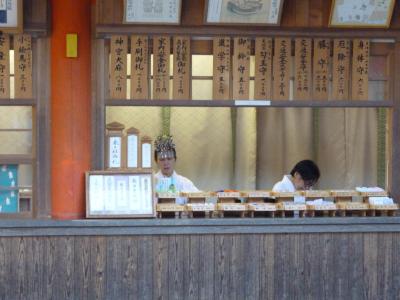
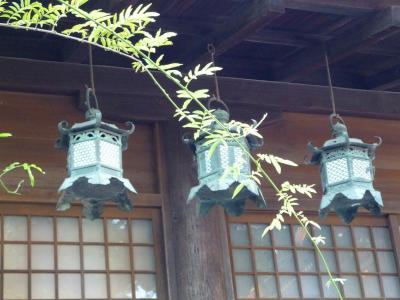



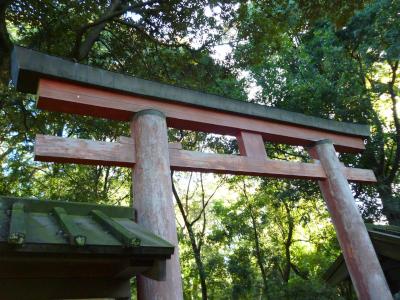
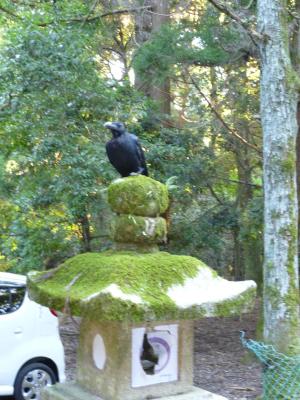

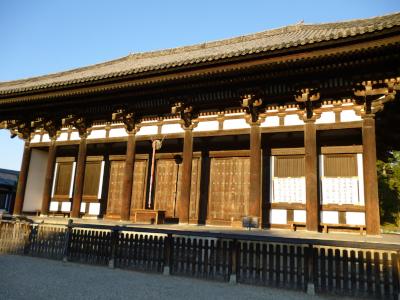
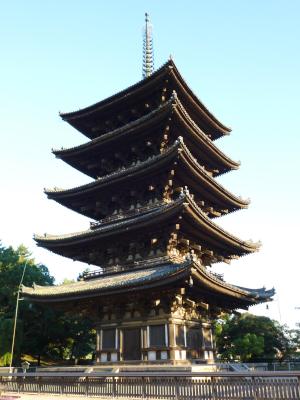
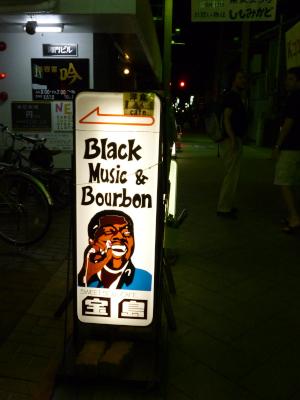

Vilhelm S - 2011-09-08 12:16